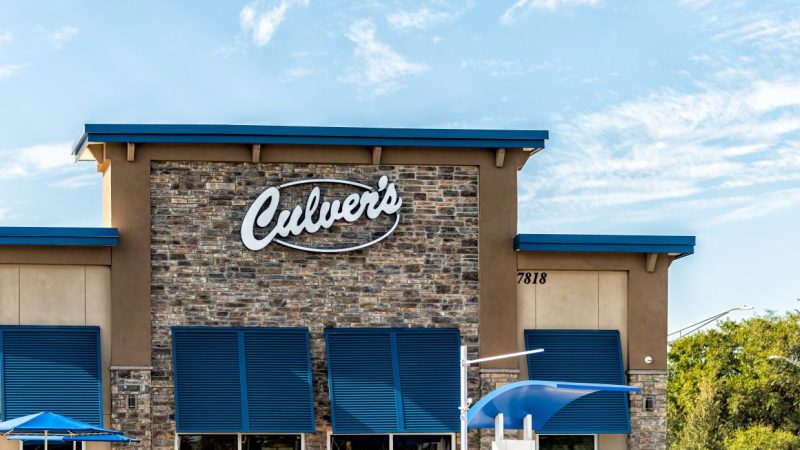How much does Loudlabs make per story

In the dynamic landscape of modern media, independent news agencies have emerged as vital players, providing on-the-ground coverage of events ranging from accidents and crime scenes to political rallies and natural disasters. One such prominent name in the realm of independent news gathering is Loudlabs, renowned for its real-time reporting and compelling visuals. As audiences marvel at the adrenaline-fueled footage captured by Loudlabs correspondents, many wonder about the financial underpinnings of such operations. How much does Loudlabs make per story? Unraveling this question delves into the intricate ecosystem of news production, monetization strategies, and the evolving digital media landscape.
Loudlabs operates on a model that combines elements of traditional journalism with the agility of new media. The core of its operations lies in deploying a network of freelance photojournalists equipped with cameras, scanners, and vehicles, ready to respond to unfolding events across various urban landscapes. These journalists, often referred to as stringers, are the frontline troops of Loudlabs, capturing raw footage and images of incidents as they happen. The intensity and immediacy of their work not only cater to the insatiable demand for breaking news but also offer a glimpse into the reality of urban life.
The financial dynamics of Loudlabs’ operations are multifaceted. At the heart of its revenue generation strategy is the syndication of content. Loudlabs leverages its extensive library of footage to license videos and images to traditional news outlets, digital media platforms, and documentary filmmakers. Each story captured by a Loudlabs stringer potentially represents a revenue stream through syndication deals. The value of a story in this context depends on various factors such as its novelty, relevance, and exclusivity.
Additionally, Loudlabs has embraced the digital realm with fervor, recognizing the power of online platforms in reaching global audiences. The agency maintains its presence across social media channels, YouTube being a notable platform where it garners millions of views. The monetization of digital content through platforms like YouTube involves ad revenue sharing, where Loudlabs earns a portion of the advertising proceeds generated by the views on its videos. However, it’s important to note that the revenue from digital platforms can fluctuate widely based on factors like viewership trends, ad rates, and platform policies.
Another dimension of Loudlabs’ revenue stream comes from commissioned work. Beyond capturing spontaneous events, Loudlabs also undertakes assignments from clients such as news organizations, production companies, and law firms. These commissions may involve tailoring coverage to specific events or providing supplementary footage for investigative purposes. The rates for commissioned work vary depending on factors like the scope of the assignment, equipment required, and exclusivity agreements.
However, the financial picture for Loudlabs is not without its challenges. The competitive landscape of media production, coupled with the democratization of content creation enabled by technology, poses both opportunities and threats. As more individuals armed with smartphones become citizen journalists, the exclusivity of breaking news diminishes, impacting the value proposition for agencies like Loudlabs. Moreover, the proliferation of user-generated content presents a formidable alternative to professionally produced news footage.
Furthermore, the operational costs incurred by Loudlabs are considerable. Beyond compensating its network of stringers for their work, there are expenses related to equipment maintenance, vehicle upkeep, insurance, and administrative overheads. The need for constant reinvestment in technology to stay abreast of the latest developments in imaging and communication adds another layer of financial commitment.
In light of these factors, estimating the exact amount Loudlabs makes per story becomes a nuanced exercise. While some high-profile incidents may command substantial syndication fees and generate significant digital ad revenue, others may yield more modest returns. Additionally, the costs associated with production and distribution must be factored in when assessing the profitability of individual stories.
Ultimately, the financial success of Loudlabs hinges on its ability to adapt to the evolving media landscape, innovate in content creation and distribution, and forge strategic partnerships with stakeholders across the industry. As audiences continue to crave real-time news coverage delivered with authenticity and immediacy, the role of independent agencies like Loudlabs remains pivotal in shaping the discourse of contemporary media.
Conclusion
While the precise figure of how much Loudlabs makes per story may vary, what remains undeniable is the agency’s impact on the news ecosystem and its unwavering commitment to capturing the pulse of urban life, one story at a time.






